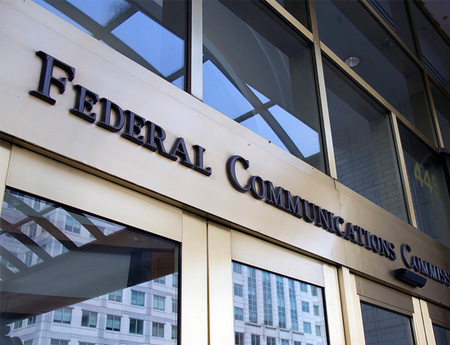Spectrum of Possibilities

The FCC's AWS-3 auction is going gangbusters, exceeding some analyst predictions and pushing toward $30 billion in bids for 65 MHz of wireless broadband spectrum.
Verizon and AT&T are expected to get the lion's share of that, but the wireless appetite for spectrum is large, and given the prices being paid for spectrum that is not as conducive to wireless broadband as the 600 MHz of spectrum in the broadcast band, the success of the AWS-3 auction could have major ramifications for broadcasters when their spectrum goes on the block.
The AWS-3 auction is the second of three auctions mandated by Congress to free up spectrum for wireless, one of the Obama Administration's signature telecommunications goals, and to fund the FirstNet interoperable broadband network, as well as local first responders, advanced 911, R&D and deficit reduction.
The first auction, of H block spectrum, collected $1.564 billion toward that goal, now AWS-3 has blown by its major reserve price and is into uncharted—at least by most analysts—territory in terms of dollars brought in.
So if 65 MHz of AWS-3 (advanced wireless services) spectrum is worth $30 billion, and maybe more, the FCC's high-end $45 billion valuation of 125 MHz of broadcast spectrum, a figure it is pitching to broadcasters in pamphlets and road shows, doesn't look so high-end any more.
Then there was that big potential deduction from the $45 billion total that would have had to be taken out to pay the $7 billion for FirstNet et al. It looks like the AWS-3 auction has easily paid for that, which reduces the financial pressure on the broadcast incentive auction.
Analyst Craig Moffett, who underestimated the potential AWS-3 auction take, suggests that misreading of the tea leaves could be tonic to broadcasters interested in giving up spectrum.
The smarter way to stay on top of broadcasting and cable industry. Sign up below
"The higher prices for AWS-3 have clear implications for the now-rescheduled 2016 broadcast incentive auction," he said in a note to investors.
He suggests one explanation of the higher prices is that companies don't think the FCC will make its early 2016 target for the incentive auction, which has already been moved once and faces legal challenges from broadcasters. He suggests they might be paying more because they see this as the only big block of spectrum for auction in the next couple of years.
But even so, he says, "one must concede that the higher prices for AWS-3 argue for even higher estimates for the more valuable 600 MHz spectrum. That should make it more attractive to broadcasters to participate, increasing supply and potentially reducing their incentive to further delay the process."
Telecom analyst Paul Gallant agrees that the AWS-3 fiscal tide should lift broadcasters' boats, at least those looking to participate in the auction. "The 1Q 2016 broadcast auction probably will be the last big spectrum auction for years," he wrote investors. "So the much stronger-than-expected outlays by wireless operators in AWS-3 could well imply aggressive carrier bidding in the 1Q 2016 broadcast auction. Another big auction spend by wireless carriers in 2016 would clearly be a positive for broadcasters considering selling spectrum."
The FCC has accused broadcasters of using court challenges to delay the process. Broadcasters can't argue that the challenge doesn't mean delay, but say the delay is because the auction framework hurts them and needs to be changed.
The auction success might have another affect on the broadcast auction, pushing back the 2016 deadline even deeper into the year. That, says, one broadcaster not looking to give up spectrum, could give wireless companies more time generate the additional money they would need to bid on broadcasters' beachfront spectrum.
